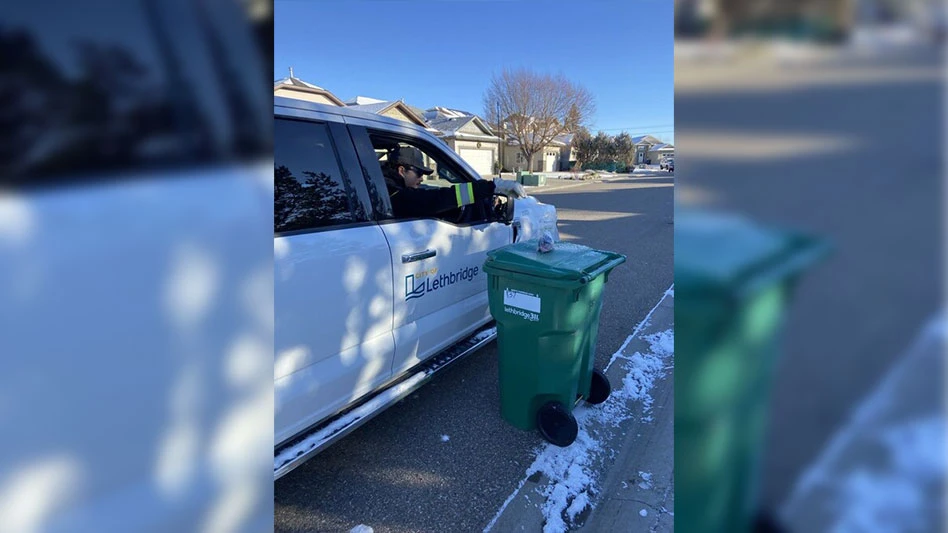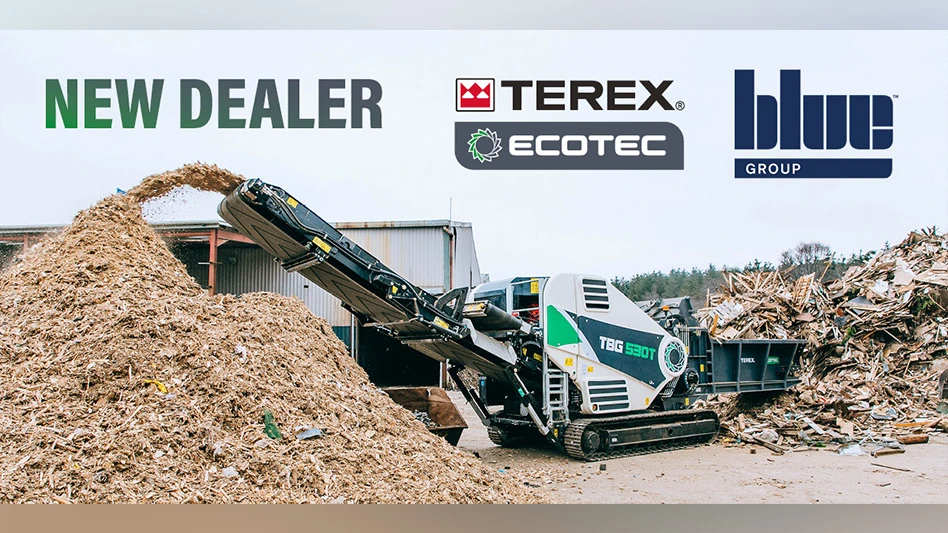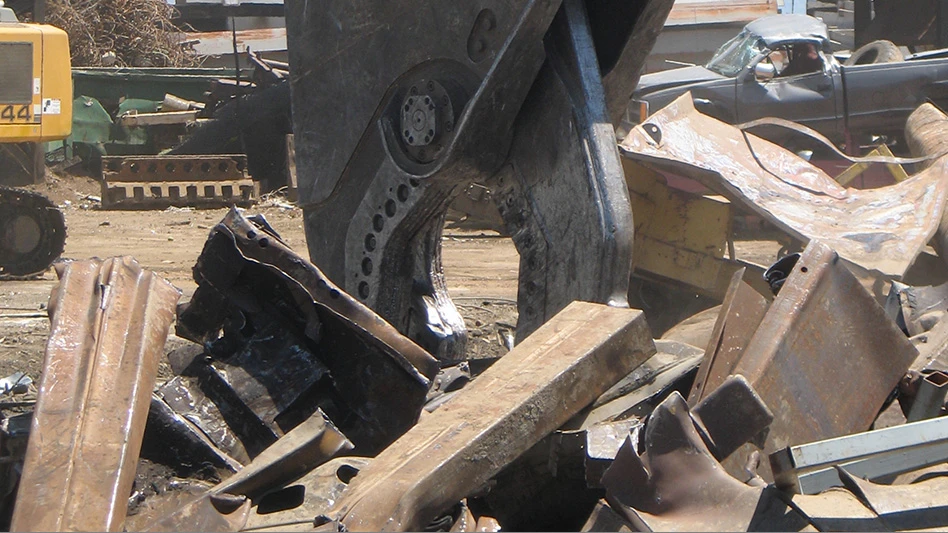St. Helens, United Kingdom-based Knauf Insulation and Veolia UK have officially opened a glass recycling facility in St. Helens. The plant has been designed to take in more than 5,000 metric tons of used glass bottles and jars per year, converting the material into insulation products to be marketed by Knauf.
The glass recycling facility will sort and separate glass using vibrating screens for size sorting, and magnets and eddy current separators to pull out ferrous and nonferrous metals. Ultimately, the collected glass will be converted into glass cullet.
The facility was built with a £10 million ($13.9 million) investment from the two companies.
Knauf indicates the facility will allow it to secure its glass supply and maintain the high recycled content (up to 80 percent) of the company’s Glass Mineral Wool insulation.
“Our insulation solutions play a key role in helping reduce carbon emissions and benefit the environment,” says John Sinfield, managing director at Knauf Insulation Northern Europe. “We have been using recycled glass in our manufacturing process for some time already. As well as securing our glass supply, the quality and consistency that we are getting now from the new facility will enable us to increase further the percentage of glass cullet we use in the manufacture of our Glass Mineral Wool insulation solutions, taking us one step further in our sustainability journey.”
Comments Estelle Brachlianoff, a senior executive vice president with Veolia UK and Ireland, “This innovative new facility is a £10 million investment in the U.K. green economy, which is good for jobs, good for the community and good for the planet.
“We want to see this first-of-its kind partnership pave the way for others; where waste is seen as an indispensable commodity and given a completely new lease of life,” she continues. “It would be fantastic to see more key industry players follow Knauf Insulation and incorporate circular economy thinking into production.”
The companies estimate that 95 percent of the glass collected will be converted into cullet that will be sent to the adjacent Knauf Insulation facility. The fine particles left over, about five percent, will be sent to the aggregate industry.
Latest from Recycling Today
- Phoenix Technologies closes Ohio rPET facility
- EPA selects 2 governments in Pennsylvania to receive recycling, waste grants
- NWRA Florida Chapter announces 2025 Legislative Champion Awards
- Goldman Sachs Research: Copper prices to decline in 2026
- Tomra opens London RVM showroom
- Ball Corp. makes European investment
- Harbor Logistics adds business development executive
- Emerald Packaging replaces more than 1M pounds of virgin plastic





